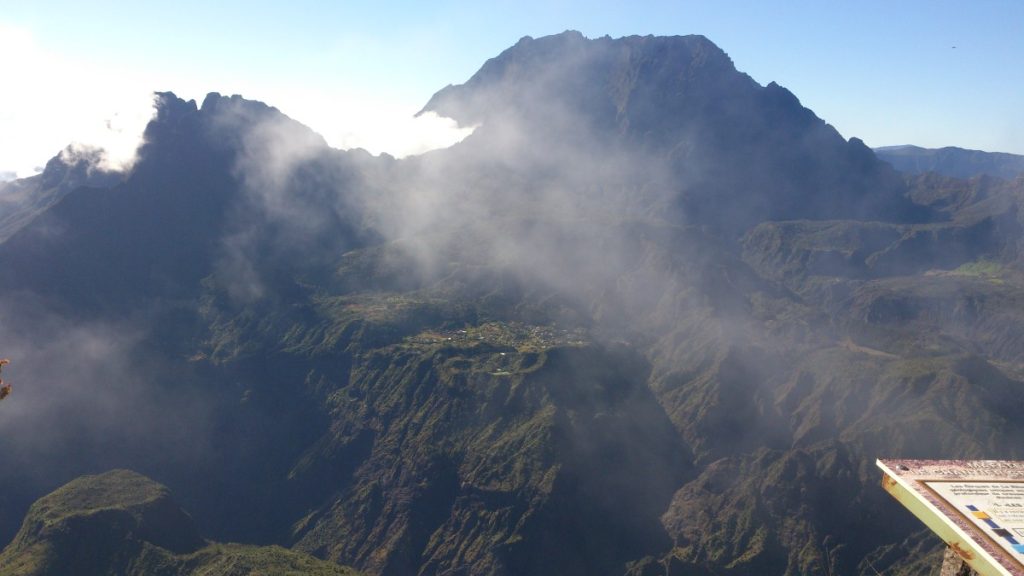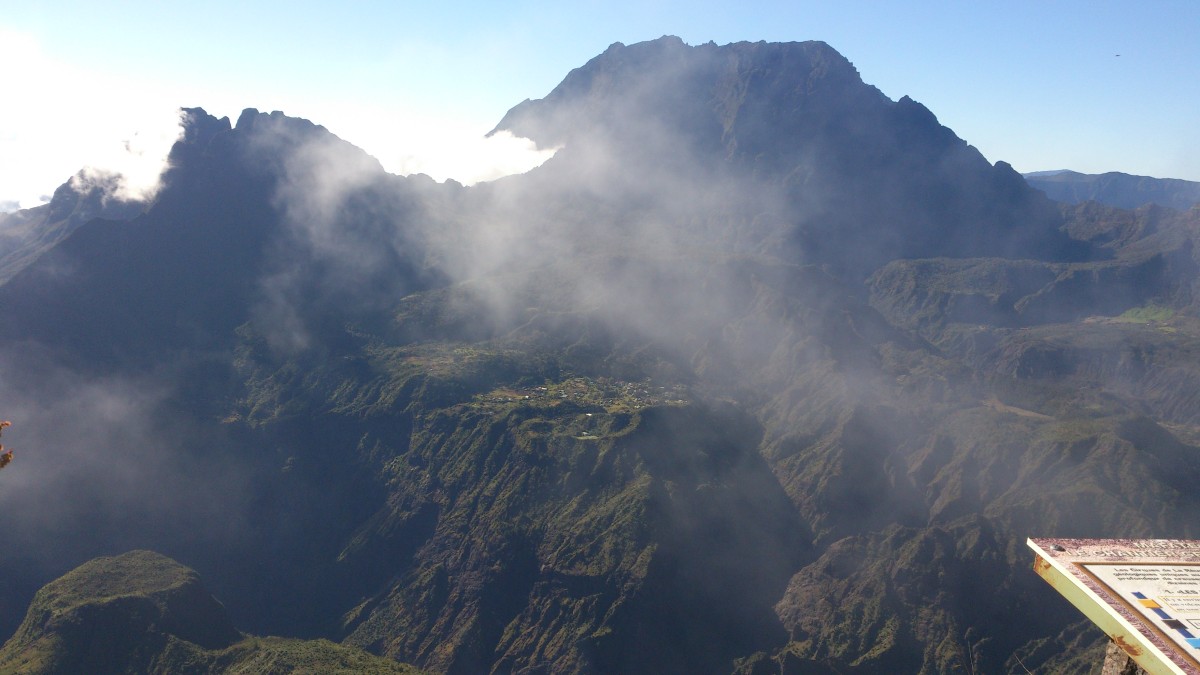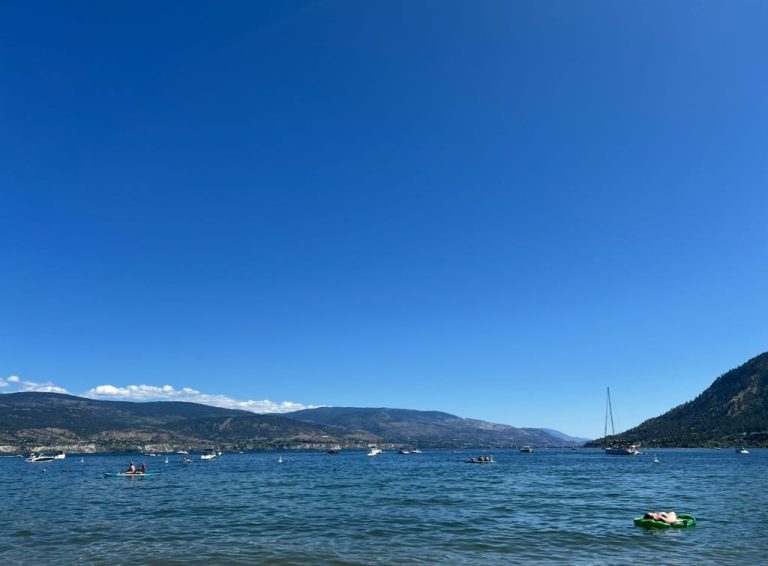À la découverte de l'île de la Réunion : plages, gastronomie et ce qu'il faut absolument savoir
Quand on pense aux îles tropicales, on imagine souvent des plages paradisiaques dignes d'une carte postale, où l'on peut se baigner partout, tout le temps. C'est ce que je pensais aussi, jusqu'à ma première visite à La Réunion. Mariée à un Réunionnais et m'y étant rendue plusieurs fois pour voir ma belle-mère, j'ai découvert que La Réunion est bien différente des îles typiques. Elle est plus riche, plus profonde et bien plus unique.

Ici, chaque panorama époustouflant raconte une histoire, et chaque délice culinaire puise ses racines dans un passé riche et complexe. Oubliez les brochures touristiques ; voici les vérités essentielles que j’ai recueillies sur ce lieu extraordinaire.
1. La réalité de la plage : quand la natation devient un événement
Avant de glisser votre bikini préféré dans votre valise, il est essentiel de comprendre la réalité de l'océan. Le littoral sauvage et puissant de l'île de La Réunion implique que… La baignade est interdite sur la plupart des plages. en raison de courants imprévisibles et, surtout, requin activité autour de l'île.
Ce fait surprend souvent les visiteurs qui viennent pour la première fois et s'attendent à un accès facile à l'eau. Mais ne vous inquiétez pas : il suffit de savoir où aller.
- La zone de sécurité : Le mieux est de s'en tenir à lagunes protégées, notamment dans le quartier animé de Saint-Gilles-les-Bains, Là où les récifs coralliens naturels forment des havres de paix, c'est l'endroit idéal pour se baigner et faire de la plongée avec tuba en famille, en toute sécurité et tranquillité. Si vous voyagez avec des enfants, comme moi, c'est le lieu le plus sûr et le plus agréable.
- Commodité familiale : Saint-Gilles n'est pas seulement plus sûr, il est aussi bien équipé avec des complexes hôteliers familiaux, des restaurants et un accès facile à la plage. Nous avons séjourné une fois à LUX Saint Gilles. L'hôtel en lui-même était correct, mais ses restaurants étaient vraiment impressionnants. Trouver un endroit paisible où se détendre pendant que les enfants jouent, c'est déjà la moitié du chemin parcouru.
2. Le vertige de la nature : prendre de la hauteur
Le paysage volcanique accidenté de l'île de La Réunion est son plus grand atout. C'est un mélange époustouflant de pics acérés, de ravins profonds et de forêts luxuriantes. Car une grande partie de la beauté de l'île — son aspect sauvage cirques (amphithéâtres naturels) et cachés chutes d'eau—inaccessible par la route, un tour en hélicoptère change tout.
Si votre budget le permet, réservez une excursion en hélicoptère. Attachez vos ceintures et préparez-vous à être émerveillés en survolant les merveilles naturelles de l'île. Vous profiterez de vues à couper le souffle sur… Piton de la Fournaise le volcan, les récifs coralliens et les trois magnifiques cirques (Salazie, Cilaos, MafateC'est bien plus qu'une simple visite ; c'est une expérience unique qui révèle le véritable cœur sauvage de l'île.
3. Que manger : des en-cas de rue aux plats traditionnels
Commencez votre voyage culinaire avec des en-cas de rue faciles à préparer, comme samoussas, bouchons (raviolis de porc cuits à la vapeur), et le local Bière Dodo. Ces plats sont abordables et disponibles rapidement. Pour des repas complets et traditionnels, privilégiez les trois plats créoles incontournables de l'île :
- Rougail Saucisse : Un plat réconfortant de saucisses fumées mijotées dans une sauce tomate épicée parfumée au thym, au gingembre et à l'ail. C'est le summum du réconfort culinaire réunionnais.
- Porter: Le curry savoureux, spécialité de l'île, reflète le riche héritage des cuisines indienne, chinoise, africaine et française. À essayer ! Porter Poulet (poulet) ou Porter Poisson (poisson).
- Le sandwich Bouchon : Pour une option plus consistante, prenez un douleur bouchon— une baguette chaude garnie de raviolis de porc cuits à la vapeur et servie avec une sauce au piment, proposée par un food truck local.
- Litchis et manguesAllez-y pendant la saison des fruits (de novembre à janvier) et mangez litchis et mangues autant que possible. Elles sont beaucoup plus juteuses et sucrées que celles que l'on trouve à l'étranger. Les vendeurs ambulants les vendent souvent au kilo, fraîchement cueillies et incroyablement parfumées.
Pourquoi La Réunion fait-elle toujours partie de la France ?
Beaucoup de gens se demandent pourquoi La Réunion n'est pas indépendante. L'île est un département français d'outre-mer., ce qui signifie qu'elle est considérée comme faisant partie de la France, tout comme Hawaï l'est pour les États-Unis. C'est pourquoi tout, de la monnaie (l'euro) aux soins de santé, suit le système français.
Surtout, cette histoire explique l'incroyable diversité de la cuisine. La colonisation française a amené des travailleurs et des esclaves venus de diverses régions. Inde, Afrique, Chine et Madagascar. C’est ainsi qu’est née la culture culinaire créole unique que nous apprécions aujourd’hui : une cuisine qui raconte l’histoire de la rencontre de nombreux mondes sur un magnifique rocher volcanique. Une histoire que l’on peut littéralement goûter à chaque bouchée d’un plat épicé. Porter.
4. Le doux secret de l'île : canne à sucre, rhum et punch
On ne peut pas parler de l'identité de l'île de La Réunion sans parler de canne à sucre. Bien que la vanille soit célèbre, ce sont les vastes champs de canne à sucre qui façonnent véritablement le paysage et l'économie locale. Cette industrie influence bien plus que l'agriculture : elle a un impact sur le goût de tout, notamment des boissons non alcoolisées.
Ma première expérience avec un cola local fut un choc : son goût était nettement plus sucré que celui auquel j’étais habitué en Amérique du Nord. Ce n’est pas un simple hasard ; c’est la conséquence directe d’une culture du sucre profondément ancrée.
Ce doux héritage donne naturellement naissance aux produits les plus célèbres de l'île : Rhum et punch.
Rhum arrangé et punch : le cœur de la vie sociale réunionnaise
Si vous êtes invité à une réunion de famille locale, on vous proposera inévitablement… Rhum Arrangé. Contrairement au rhum traditionnel, il s'agit d'un rhum vieilli infusé d'épices locales, de fruits (comme le litchi ou la vanille) et de sirop de canne à sucre. Ma belle-mère est très fière de ses rhums faits maison ; chaque famille a sa recette secrète !
- Punch: Un cocktail plus simple et plus sucré, souvent à base de rhum, de jus de fruits et de sirop de canne. Il est parfait pour un après-midi décontracté sur la véranda.
- Pourquoi c'est important : Ce ne sont pas de simples boissons ; c’est un rituel. Partager un verre de rhum arrangé est un geste de bienvenue et de convivialité. N’hésitez pas à en goûter un petit verre lorsqu’on vous en propose : c’est un avant-goût de la véritable hospitalité réunionnaise.
5. Au-delà des souvenirs : à la recherche du véritable “ Nou la fé ”
Si vous cherchez des souvenirs, il est facile d'acheter des articles importés de Madagascar. Il n'y a rien de mal à cela en soi, mais si vous souhaitez soutenir l'économie locale et rapporter un véritable souvenir réunionnais, il est important de connaître le label local.
Recherchez “ Nou la fé ” : Cette phrase signifie “ Nous avons réussi ” en créole Il s'agit du label officiel qui identifie les artisans locaux, les agriculteurs et les produits réunionnais authentiques. Vous trouverez souvent ce label sur la vanille, les mélanges d'épices, les confitures et les produits artisanaux uniques vendus sur les marchés locaux et même en supermarché. C'est une façon simple de garantir que votre achat profite directement aux habitants de l'île.
✨Bonus : Amateurs de vanille et de café, prenez note
Si vous avez du temps libre et que la chaleur ne vous dérange pas, pensez à visiter La Maison de la Vanille et le Domaine du Café GrilléCe ne sont pas des attractions incontournables, mais elles valent le détour si vous êtes intéressé par les saveurs et les méthodes de production locales. Prévoyez d'y aller tôt le matin ; les visites de l'après-midi peuvent être chaudes et inconfortables, surtout avec des enfants.
🌿Réflexions finales
Île de la Réunion offre vraiment un type différent de expérience tropicaleC'est un mélange de nature sauvage, de culture vibrante et de gastronomie inoubliable. Que vous survoliez des volcans, nagiez dans lagons coralliens, ou profiter samoussas au bord de la plage, ceci île unique offre bien plus que de jolies plages. Pour profiter pleinement de votre Expérience de voyage à l'île de la Réunion, faites vos devoirs, soutenez les entreprises locales et plongez dans le réel Réunion.
Nous espérons que ce guide vous aidera à préparer votre voyage ! Si vous prévoyez un voyage prochainement, nos guides budgétaires pourraient vous être utiles pour économiser en vue de cette excursion inoubliable en hélicoptère :
3 comptes d'épargne essentiels que vous devez connaître en tant que nouvel arrivant au Canada




